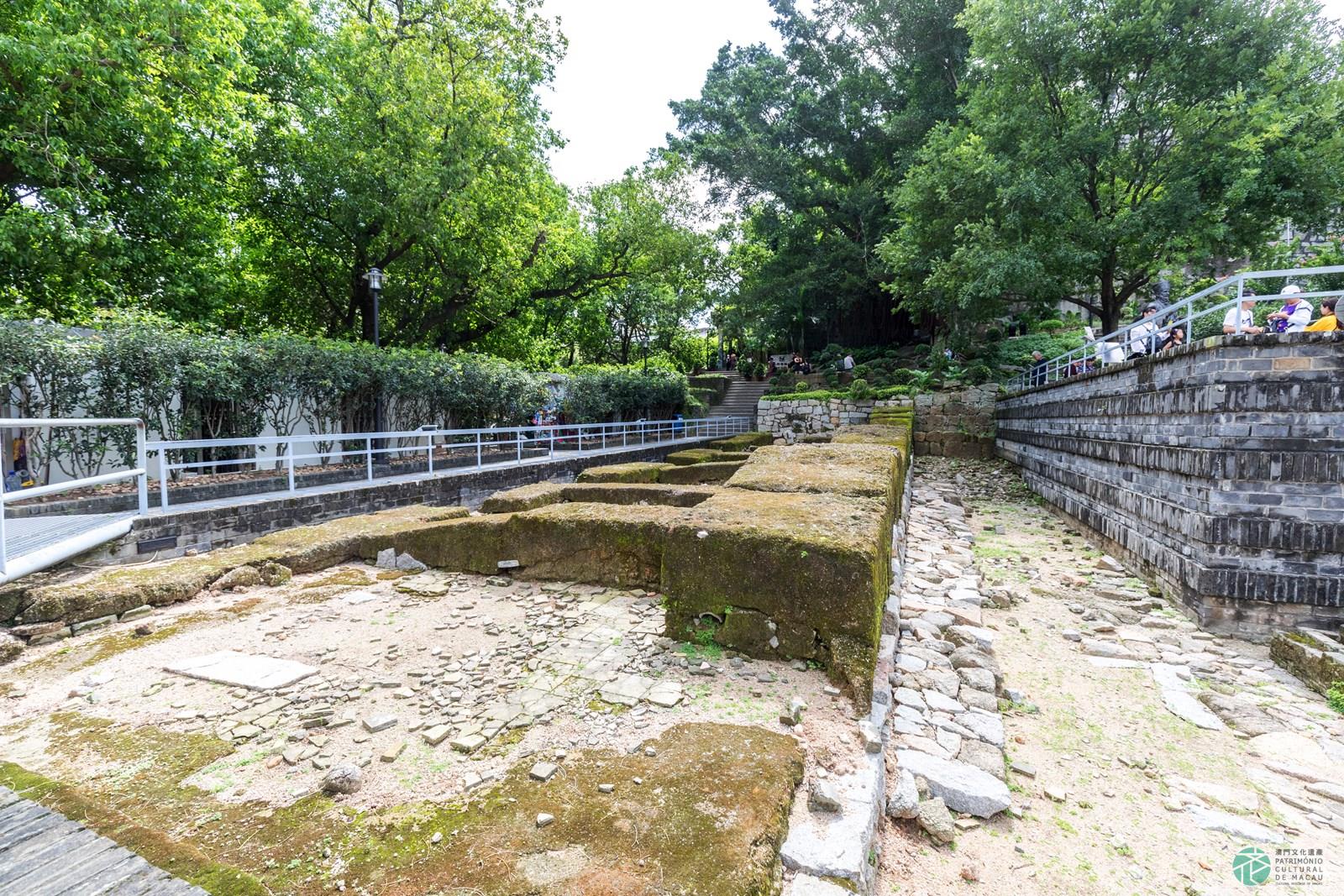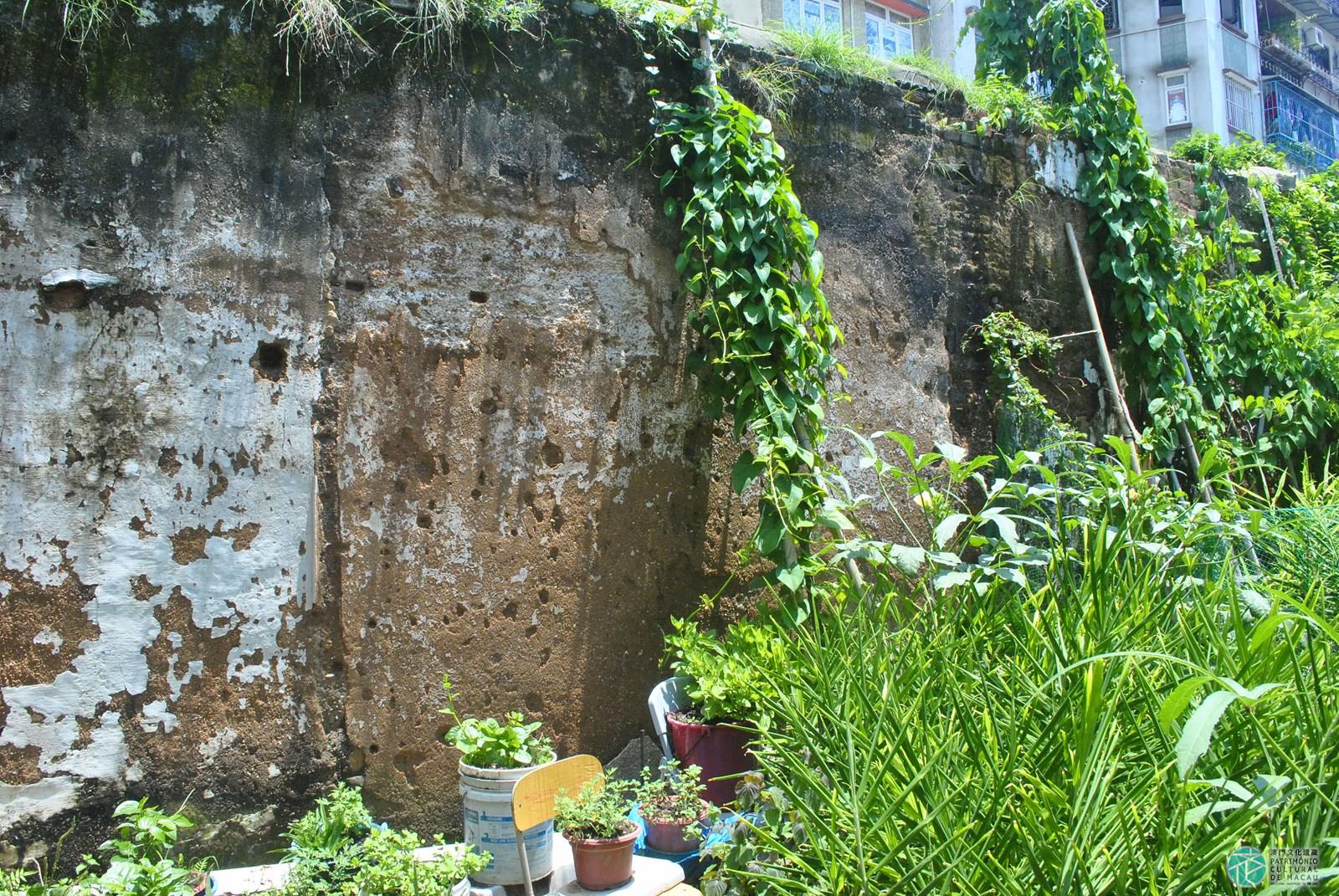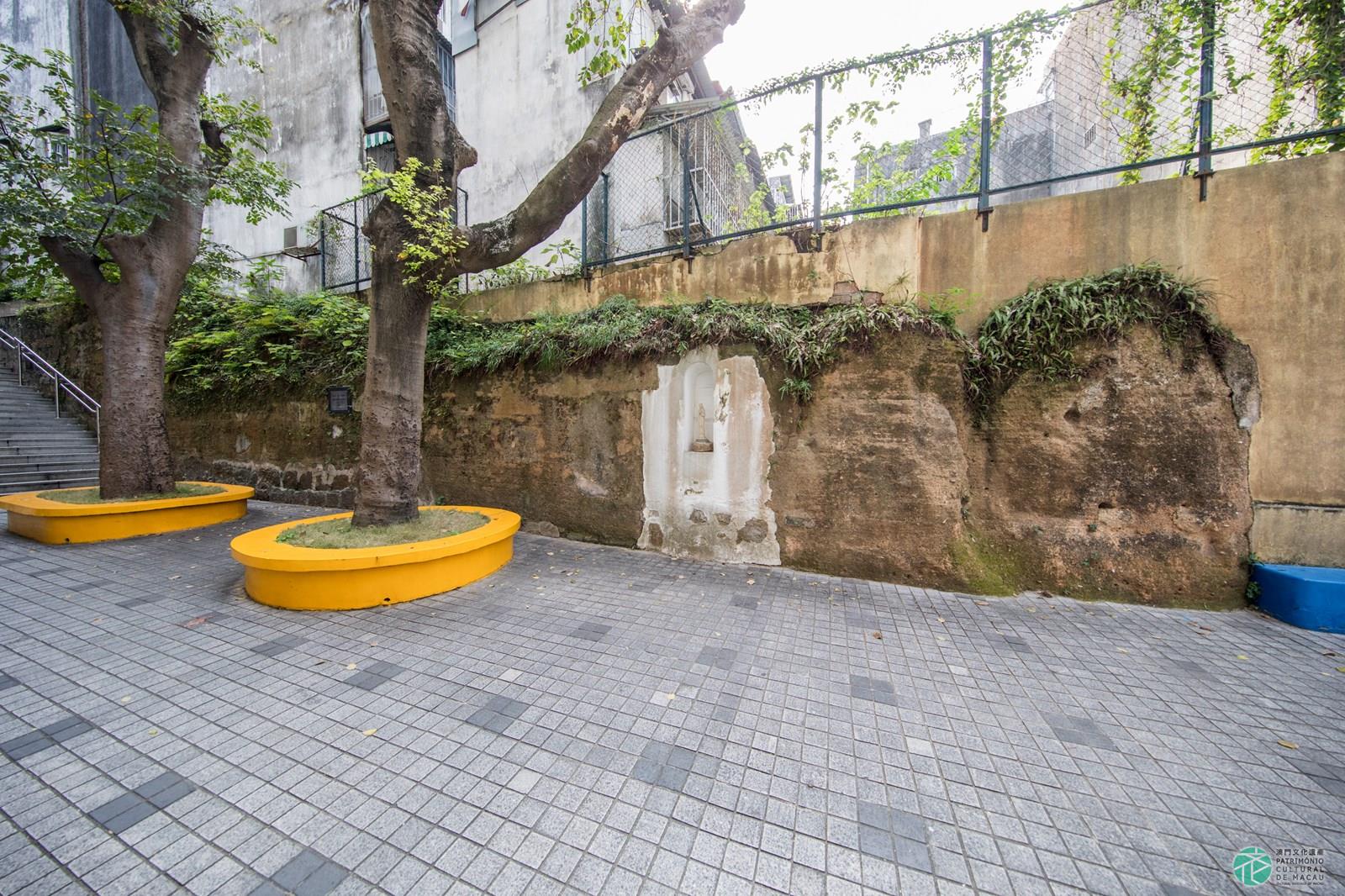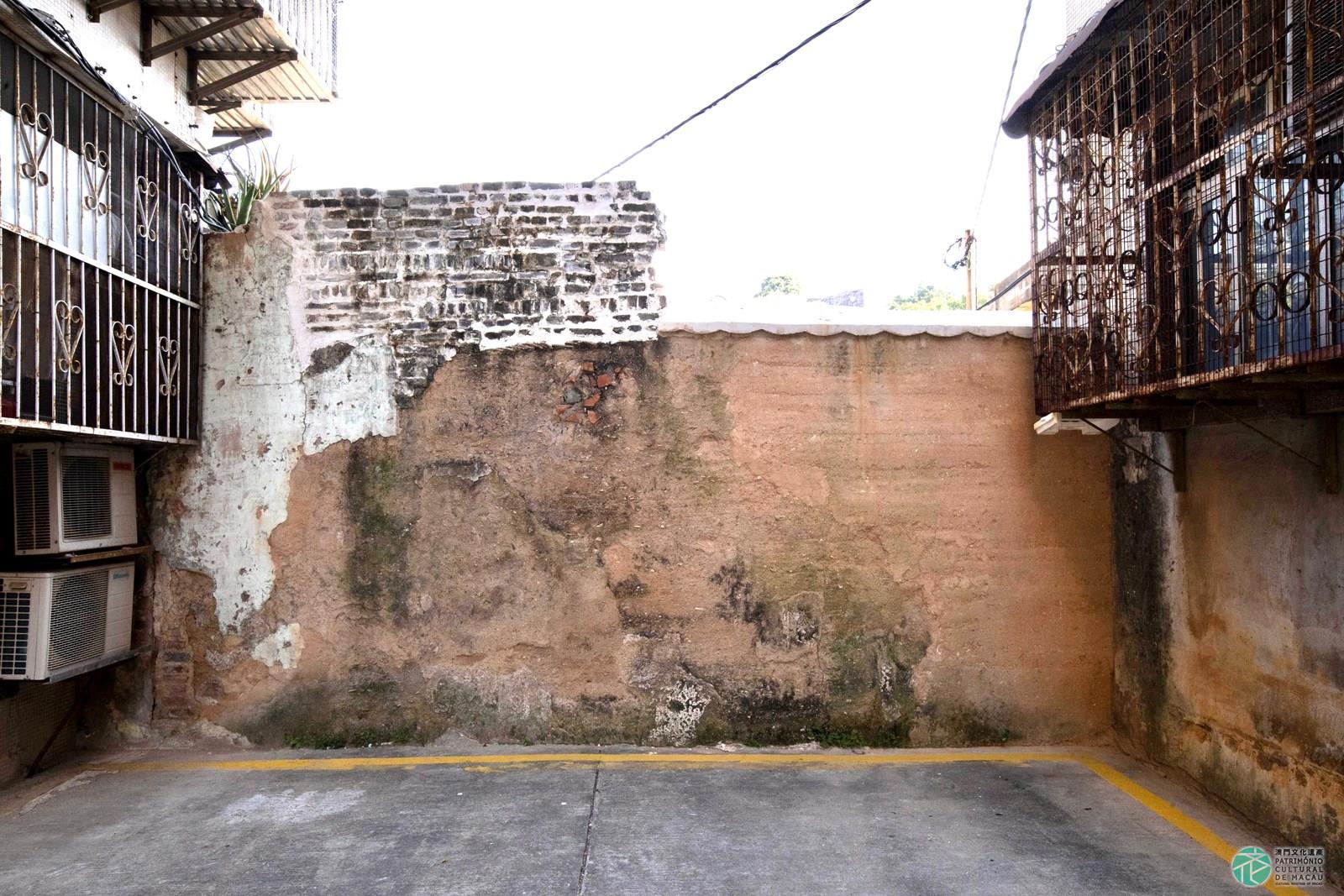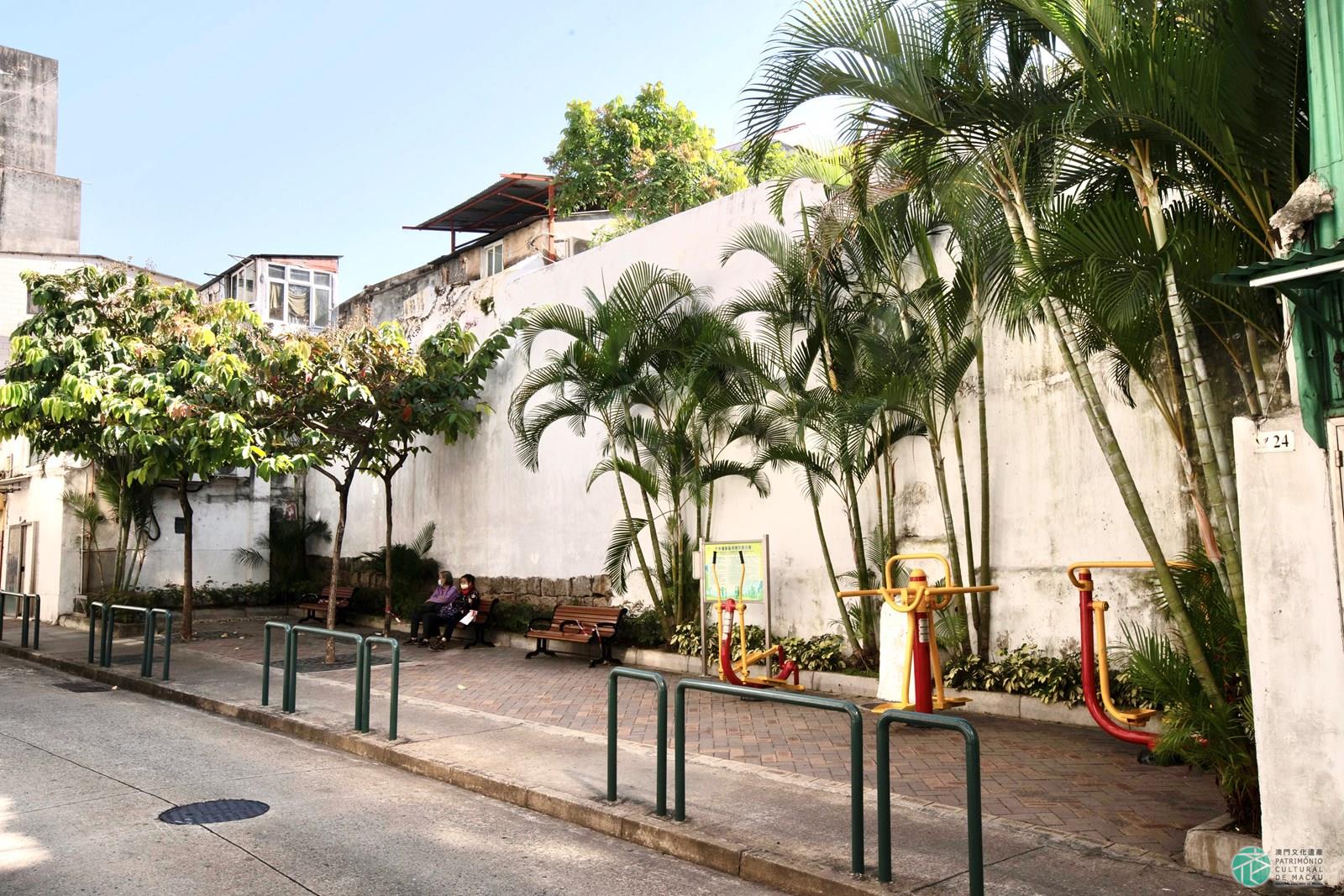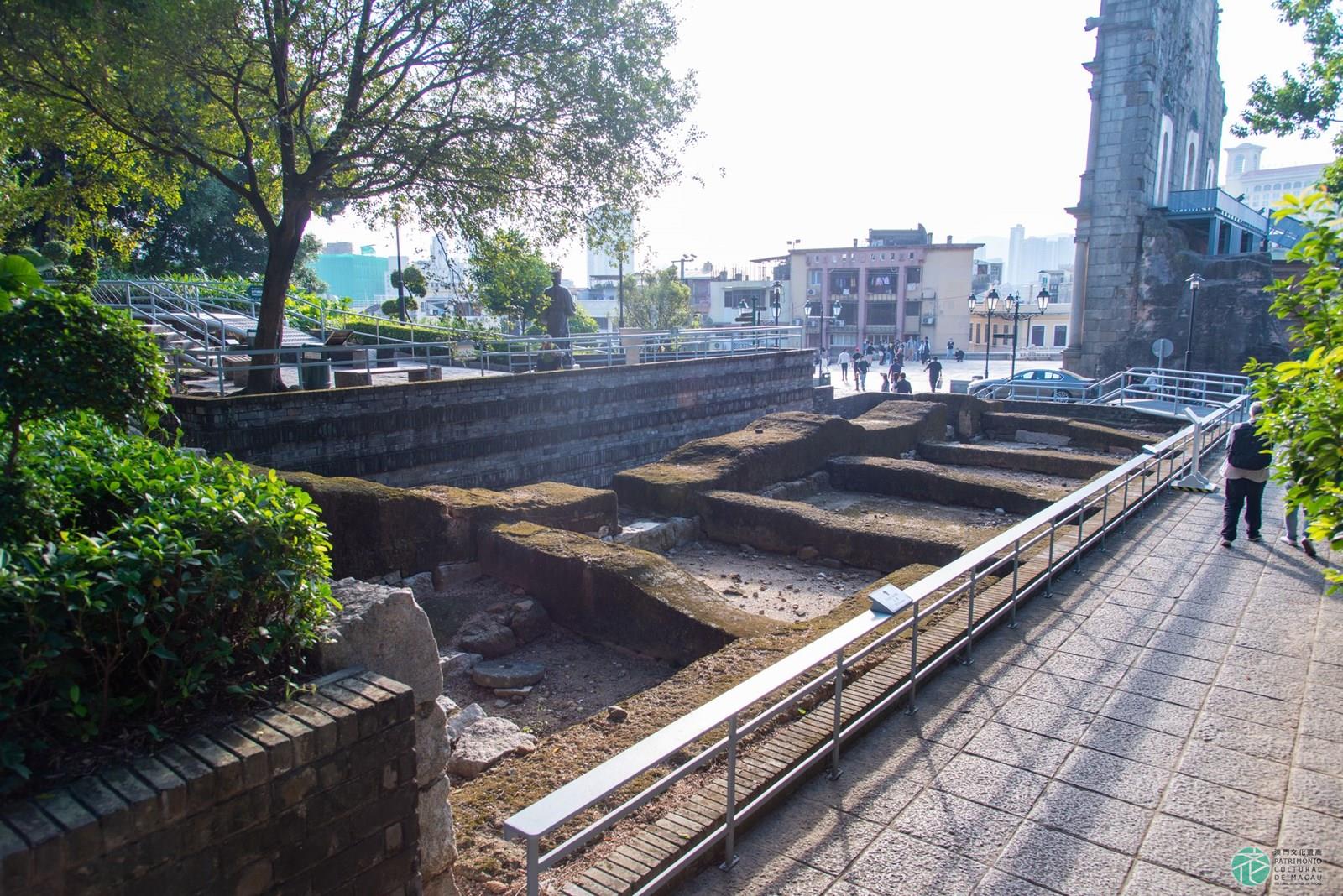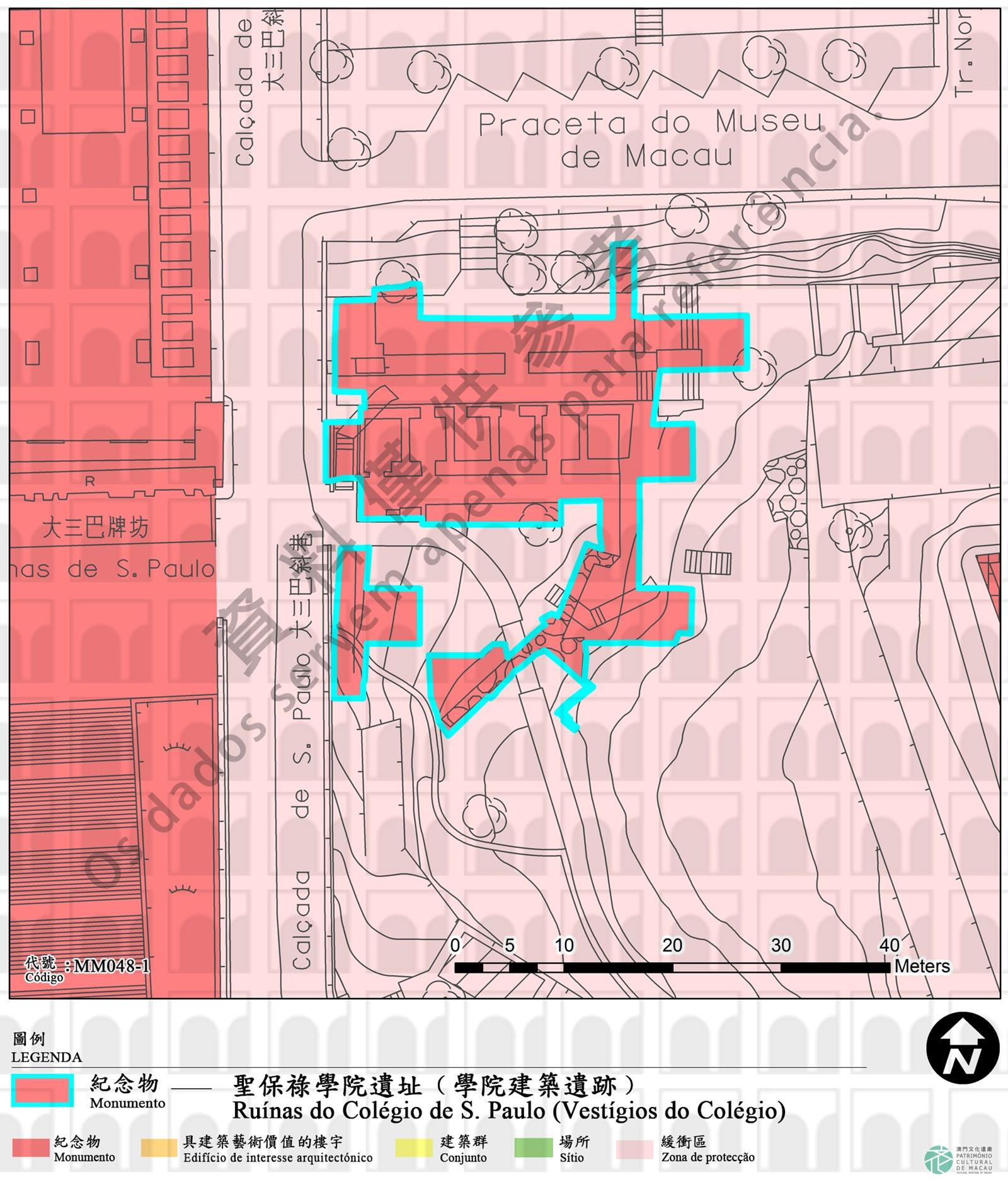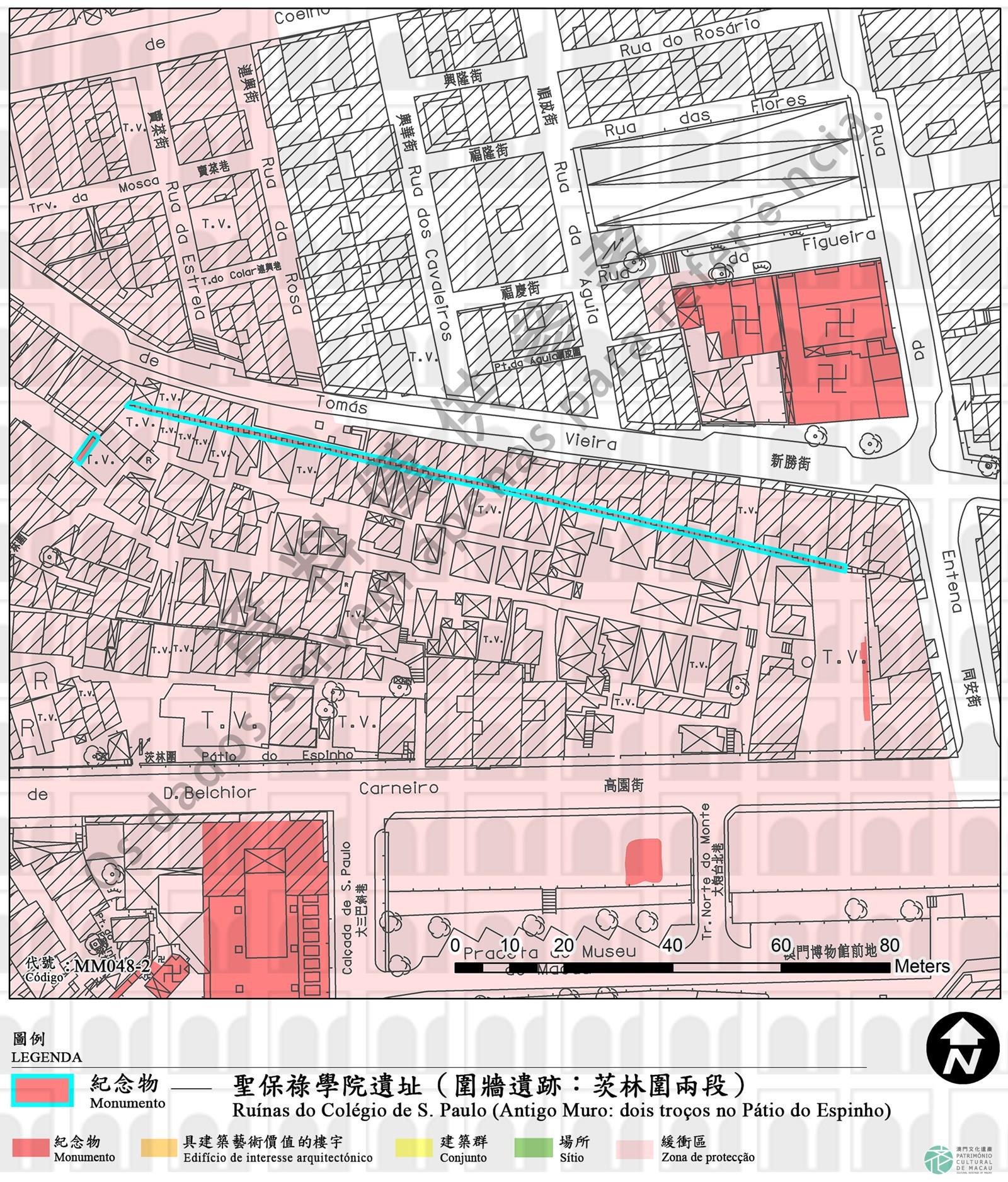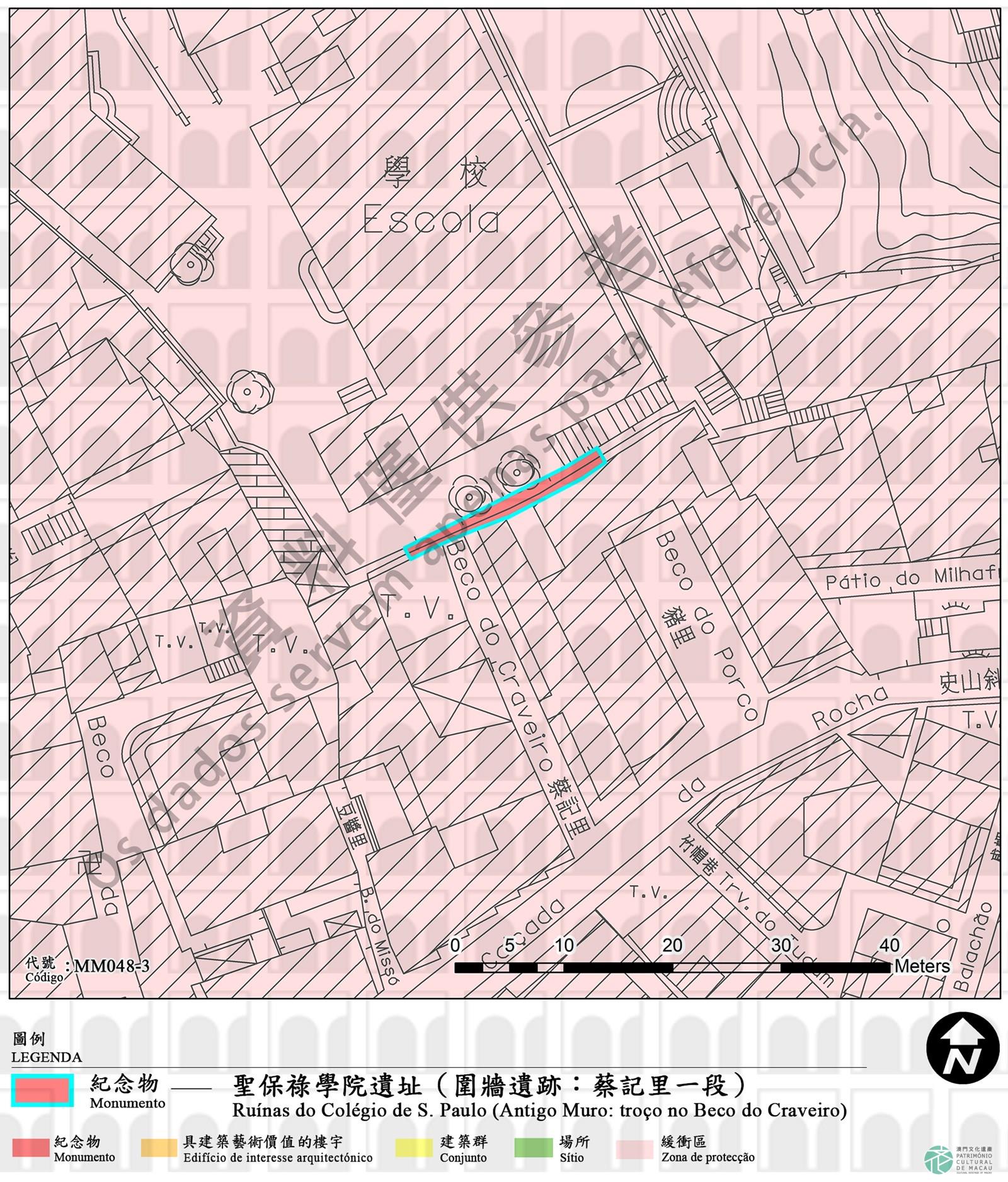St. Paul's College, founded by the Society of Jesus in 1594, is the first Western institution of higher education in China. In the college, missionaries to be dispatched to Japan and mainland China were trained with knowledge of Oriental languages, religions and philosophy, as well as scientific knowledge, music and art from the West, which has exerted a positive and profound influence in promoting the cultural exchange between the East and the West.
According to historical records, ‘St. Paul's College was officially inaugurated on 1 December 1594 with an opening ceremony for the new semester held at the new campus. The new campus, located on a hillside with an open view, boasted beautiful surroundings and occupied a massive area that was sufficient for the construction of more courtyards and allowed for further campus expansion. The campus was equipped with complete facilities, and the classrooms were well lit and spacious with good ventilation.’ The college was comprised of a church, a teaching area, courtyards, dormitories, a printing house, a drugstore and vegetable gardens and surrounded by walls. The Cartas Ânua do Colégio de Macau (Annual Report of St. Paul's College of Macao) of 1594 reads: ‘It (the college) is situated along the hill and surrounded by high walls…Two walls around Mount Hill overlook the college.’ Alessandro Valignano, the Society of Jesus’ Visitor to the Eastern Missions, also mentioned this in a letter he wrote to the Superior General of the Society of Jesus in the same year: ‘We have also built a very solid rammed earth wall around the entire hill which is connected to the seminary, and the seminary is enclosed by the wall.’ In 1601, the college was reconstructed due to a fire disaster. In order to build a ‘Hortus conclusus’, a concept from the Middle Ages meaning ‘enclosed garden’, the walls were reconstructed in 1606 and the reconstruction was completed in the same year. In 1762, the college was closed due to the impact of the suppression of the Society of Jesus in Portugal, and the missionary work of the college ended. Most of the college’s buildings were destroyed in another fire in 1835.
Despite the passage of time, fire disasters and desolate condition, some architectural remains of St. Paul’s College have nonetheless survived. A number of remains were discovered by archaeologists at the east side of the college’s site in 1995, including those of the courtyards, corridors, prayer room, drainage channels, and parapet walls. Also unearthed were ceramics, coins and other relics, most of which date back between the late Ming dynasty and the early Qing dynasty. It can be seen from a painting created between the late 18th century and the early 19th century that the south wall stretched along the hill from the southwest of Mount Fortress and, from the maps dated 1886, 1889 and 1912, that the south wall was marked at the same location and the area of St. Paul’s College was also identified, with the east, west and north walls indicated. According to the analysis of both the historical documents and the remains, the two rammed earth wall sections at Pátio do Espinho and the section at Beco do Craveiro are part of the walls of St. Paul’s College. The section in the north of Pátio do Espinho mainly stretches east-west with an existing length of 135.2 metres, height of around 3.4-4.4 metres, top width of about 0.7 metres and bottom width of about 1.6-2 metres. Mostly enclosed by residential buildings to its south and north, the section was part of the north wall of the college. The section in the west of Pátio do Espinho, mainly stretching from northeast to southwest with an existing length of 6 metres, height of about 2.3-2.5 metres and width of about 0.6 metres, is part of the west wall of the college. The rammed earth wall section at Beco do Craveiro, mainly stretching from northeast to southwest with an existing length of around 20 metres, height of about 2.3-2.5 metres and width of about 0.6 metres, is part of the south wall of St. Paul’s College and can be seen in its entirety inside the adjacent Mateus Ricci College; there is a door opening on this section which was subsequently filled in.
